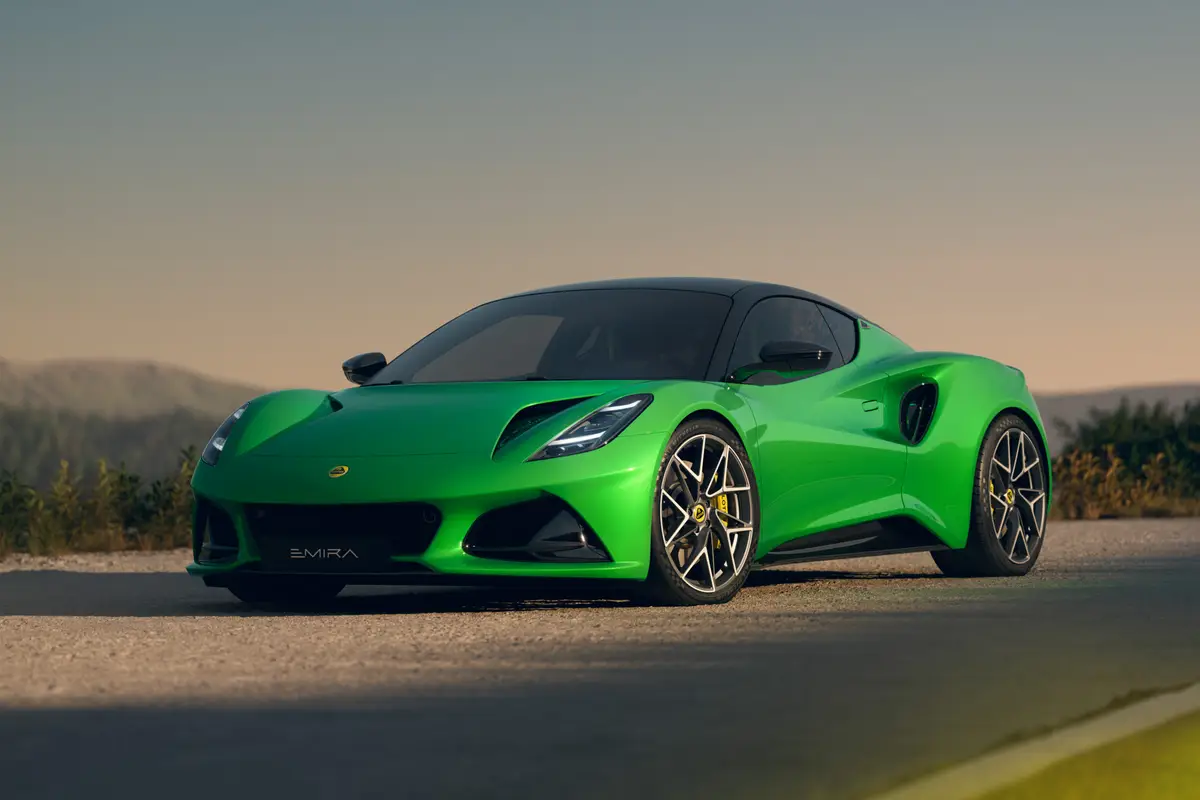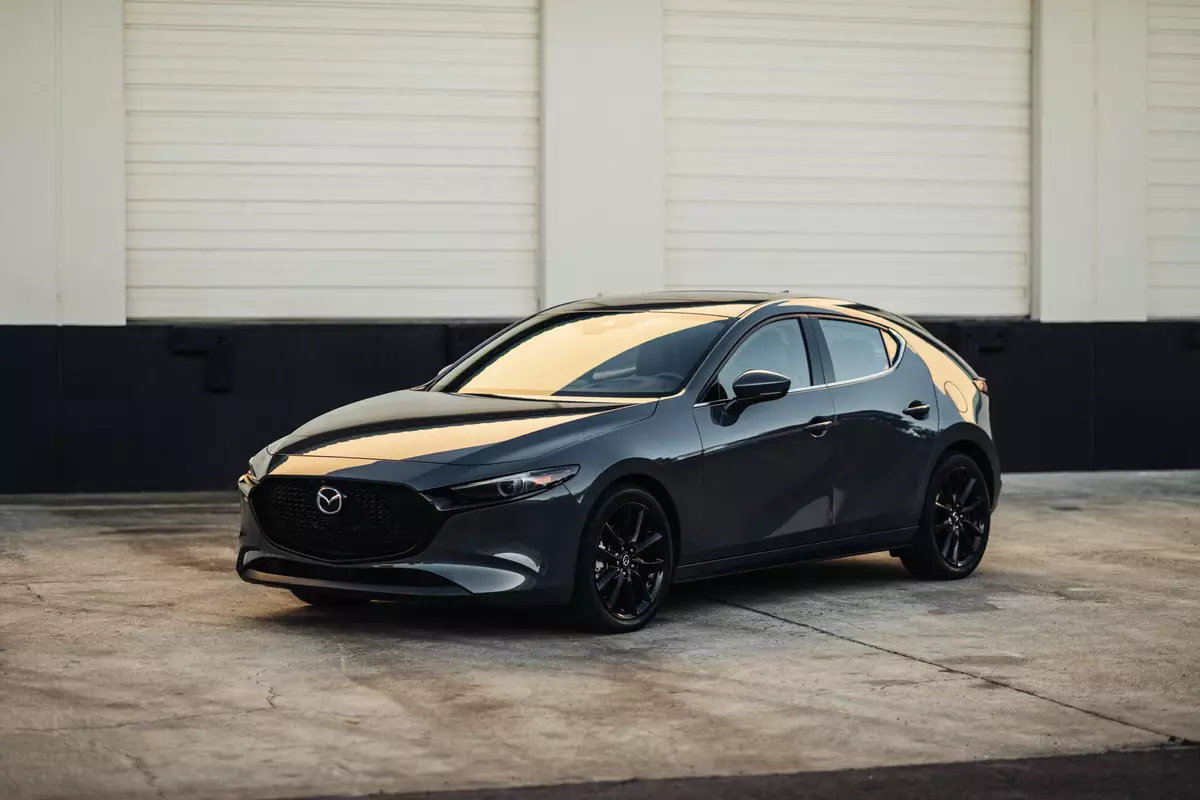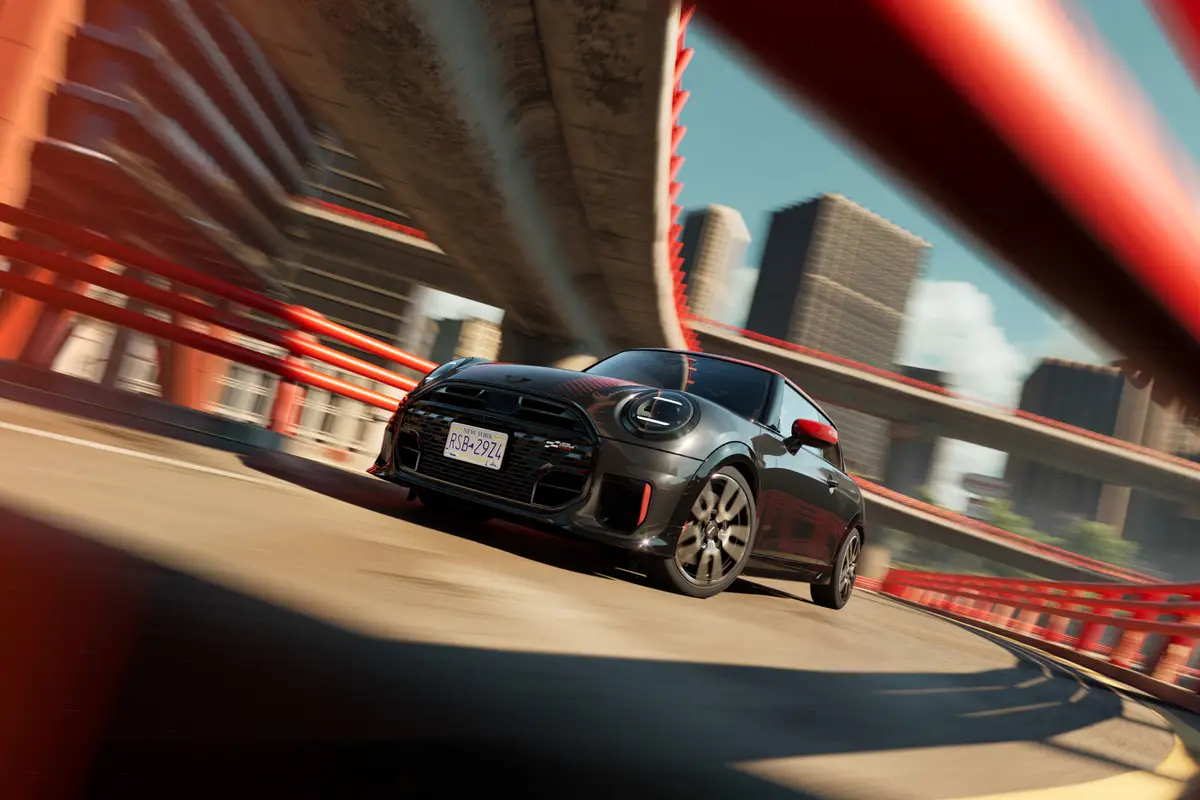chicagotribune.com's view
Honda arrived in the U.S. in 1970 with the mini N600, a car that most joked was propelled by twisting the rubber band several times and letting go.
N600 evolved into the Civic in 1973, when Honda started tracking sales here and ended up with more than 32,500.
Now, it has come full circle, and after selling 21 million vehicles in the U.S., Honda is selling a little car again, the Fit.
Fit serves a variety of purposes.
– It gives Honda a new entry-level car now that the Civic has grown in size and price.
– It also gives Honda a car to rival Hyundai and Kia of South Korea, who muscled into that segment with the Accent and Rio, respectively, now that Civic has gone upscale.
– It also gives Honda a low-price, high-mileage alternative to hybrids. Though the gas/electrics get better mileage (49 city/51 m.p.g. highway for the Civic hybrid versus 33/38 for the Fit), the hybrids’ premium–$3,000 and higher–discourages some.
– And it puts Honda back in the entry segment at least a couple years before the expected arrival of similar cars from China, which like South Korea, is looking to duplicate the success of the Japanese manufacturers here.
John Mendel, senior vice president, says considering Honda’s reputation for dependability, quality and reliability the last several decades, Fit can’t lose based on the name alone.
He said the 2007 Fit should account for 33,000 sales the first year on the market even after arriving in showrooms this month, and 50,000 annually starting next year.
Potential buyers are youth on a budget, empty nesters looking for low-cost transportation and folks who like the idea of high-mileage hybrids but can’t afford them.
Honda should have little trouble finding 50,000 folks a year to buy a Fit based on its reputation. Though Fit has some formidable company: The Yaris from Toyota and Versa from Nissan.
Fit stands out in the mini car market because mini refers to size, not to amenities. This is not a blue-light special. Small doesn’t mean spartan, and Fit sets the bar high for the Chinese.
Fit is offered in base and Sport versions, both with an impressive list of standard equipment: Anti-lock brakes; side-curtain air bags; power windows, mirrors and door locks; air conditioning; 12-volt power outlet; rear window washer/wiper/defroster; and AM/FM/CD audio system with MP3 capability. And that’s just the major stuff.
However, no power seats and no sunroof, power or manual.
The base Fit starts at $13,850, the Sport at $15,170. Add $800 to either if you opt for the 5-speed automatic transmission over the standard 5-speed manual.
We tested the Sport with manual. Sport upgrades include 15-inch, rather than 14-inch, all-season, radial tires; plastic rocker moldings; rear spoiler; fog lights, remote keyless entry; and cruise control.
Despite Fit’s family name and appointments, potential buyers have to realize it is a $14,000 to $16,000 entry-level car. As a front-wheel-drive, four-door hatchback that’s 19.2 inches shorter and 2.8 inches narrower than Civic, you aren’t going to enjoy the same ride, handling or performance as you would in a larger Civic.
Power in either comes from a 1.5-liter, 109-horsepower 4-cylinder with that manual, a short-throw 5-speed. Though fairly lively, Fit’s mission is mileage, 33 m.p.g. city/38 m.p.g. highway. You experience quick, but not potent, response to pedal pressure.
Perhaps a more spirited version will be added to cater to those willing to trade some m.p.g. for m.p.h. Or maybe Honda will just leave that to the tuner crowd.
The suspension is also very econocar. It does an adequate job of keeping the hatchback planted on the pavement without wander and float, but the radials are narrow so you lean in corners and turns. On uneven surfaces, you feel lots of road jiggle in the seat and steering wheel.
If you expect a smooth ride or agile handling as in a larger Civic or Accord, you are asking for too much. Pay $15,000 and bring a pillow or pay $25,000 and get an Accord. Fit gets you there and back while consuming as little fuel as possible.
It’s meant to attract folks into the Honda lineup, so they will move up to its sedans, sport-utilities, minivan and maybe even pickup truck as age and income levels rise.
Fit looks small on the outside, but is unusually spacious on the inside in terms of headroom. The roof stands 3.5 inches higher than on a Civic. Even a Conehead couldn’t hit the ceiling.
However, Fit is 2.8 inches narrower than Civic. Two people sitting upfront may, at times, bump arms or elbows, especially when both are wearing winter coats.
And while Honda says Fit holds five, one of the three stationed in the back seat better be called Junior. A couple inches off the top and added to the sides would have been appreciated.
Honda took pains designing the suspension to eat into cabin space as little space as possible to keep the floor flat. Honda also moved the gas tank to under the front seat to ensure a flat and low cargo floor that’s easy to load in back.
And the engineers didn’t forget the novelty. The hatchback offers what Honda calls “magic seats.”
The magic is that the second-row seat bottoms lift and flip back against the seat backs so you can carry tall items, say a small tree, that usually wouldn’t fit in the cargo hold.
Those second-row seat backs also fold flat to extend the cargo area to the back of the front seats. However, to fold them flat, you either have to slip the front seats forward so the rear seat backs can fold flat with headrests attached or remove the headrests. In most cases, you’ll have to do the latter.
You also can recline the front seats into what Honda calls the “resting position,” though, again, to create that mini-bed when the flat front seat meets the rear seat bottom, you have to remove the headrest.
Other nice touches include a 12-volt power plug and cupholders in front and back of the center console and in each rear door.
There’s one tray under the dash and another above the glove box, a compartment in the cargo hold wall and indents in the doors for storage, but none holds much. The tray above the glove box, for example, has room for only a couple pens.
With the tall roof you can hold a tree on the rear floor, but getting little things to fit in a Fit is sometimes a chore.
– – –
2007 Honda Fit Sport
Price as tested: $15,170*
Wheelbase: 96.5 inches
Length: 157.4 inches
Engine: 1.5-liter, 109-h.p. 4-cylinder
Transmission: 5-speed manual
CITY: 33 m.p.g.
HWY: 38 m.p.g.
THE STICKER
$15,170 Base price
($800 Automatic only factory option)
*Add $550 for freight
PLUSES
Small on the outside, but very spacious on the inside, particularly head room.
High mileage but much lower-priced alternative to gas/electrics.
Novel rear seat bottom cushions that fold back to provide high standing carrying space.
Entry-level rival to South Koreans now and Chinese when they arrive.
MINUSES
Cabin width a tad tight with two people upfront.
No power sunroof or power seats.
Econocar ride.
———-
Read Jim Mateja Sunday in Transportation and Wednesday and Friday in Business. Hear him on WBBM Newsradio 780 at 6:22 p.m. Wednesdays and 11:22 a.m. Sundays.
jmateja@tribune.com
Latest news



